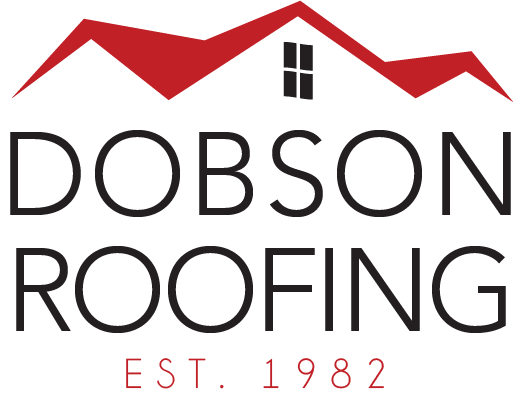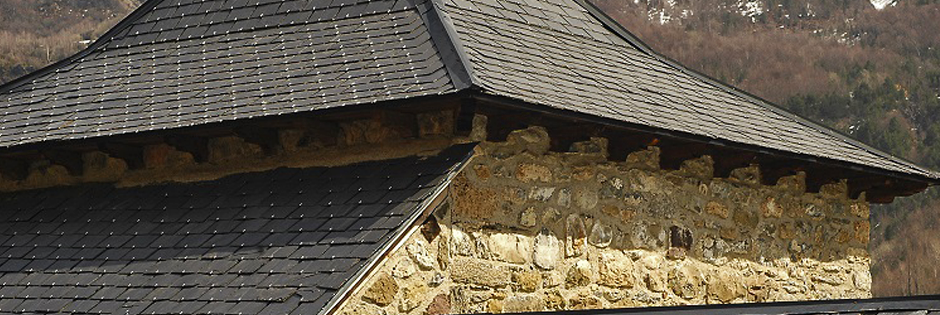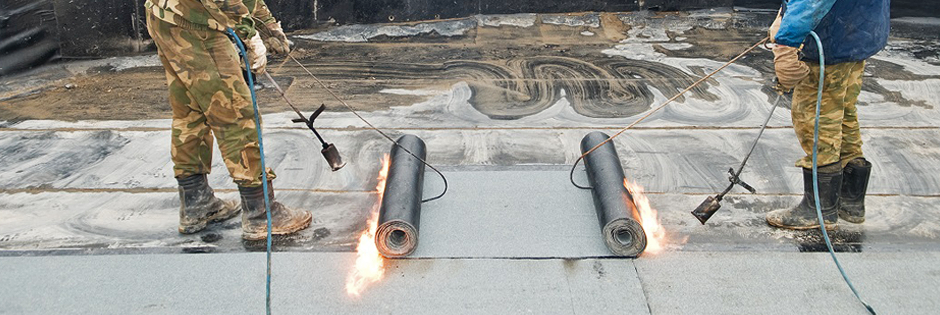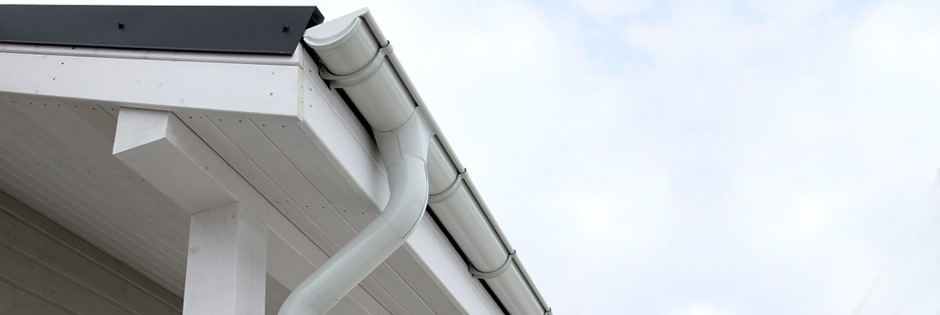Looking to replace your roof? Here’s a clear breakdown of the steps for roof replacement.
1. Planning & Preparation
-
Inspection: Assess the current roof’s condition (look for leaks, rot, sagging, missing shingles).
-
Permits & Regulations: Check if your city requires a permit for roof replacement.
-
Choose Materials: Asphalt shingles, metal, tile, or other roofing materials.
-
Budgeting: Get cost estimates and hire a contractor (or prepare for DIY if skilled).
-
Safety: Secure ladders, harnesses, gloves, and proper footwear.
2. Removing the Old Roof
-
Tear-off: Use a roofing shovel or pitchfork to remove old shingles, nails, and underlayment.
-
Dispose of Debris: Place materials in a dumpster for disposal.
-
Inspect Decking: Check plywood or roof sheathing for damage, rot, or soft spots; replace as needed.
3. Preparing the Roof Deck
-
Clean Surface: Ensure the deck is smooth and nail-free.
-
Repair & Replace: Install new plywood sections if necessary.
-
Install Drip Edge: Metal strips along eaves and rakes to guide water off the roof.
4. Installing Underlayment & Flashing
-
Ice & Water Shield: Place at eaves, valleys, and around penetrations (chimneys, vents).
-
Roofing Underlayment (Felt or Synthetic): Roll out across the roof deck for waterproofing.
-
Flashing: Install around chimneys, skylights, and vents to prevent leaks.
5. Installing the New Roof
-
Starter Shingles: First row at the eaves to prevent wind uplift.
-
Shingle Installation: Lay shingles in overlapping rows, following manufacturer’s pattern.
-
Nailing: Use roofing nails at recommended placement for proper sealing.
-
Ridges & Hips: Install ridge cap shingles for a finished look and ventilation.
6. Ventilation & Sealing
-
Ridge Vent or Box Vents: Ensure attic ventilation is installed correctly.
-
Seal Penetrations: Caulk or seal around vents, pipes, and flashing.
7. Clean up & Final Inspection
-
Debris Removal: Collect nails with a magnetic roller; remove leftover scraps.
-
Gutter Cleaning: Clear shingles, nails, and dust from gutters.
-
Final Inspection: Check for proper alignment, secure flashing, and no exposed nails.
End Result: A new, watertight roof that should last decades (depending on material).
What are the available options for roof replacement?
There are a number of common flat and pitched roof types in the UK . See below for our visual guide:
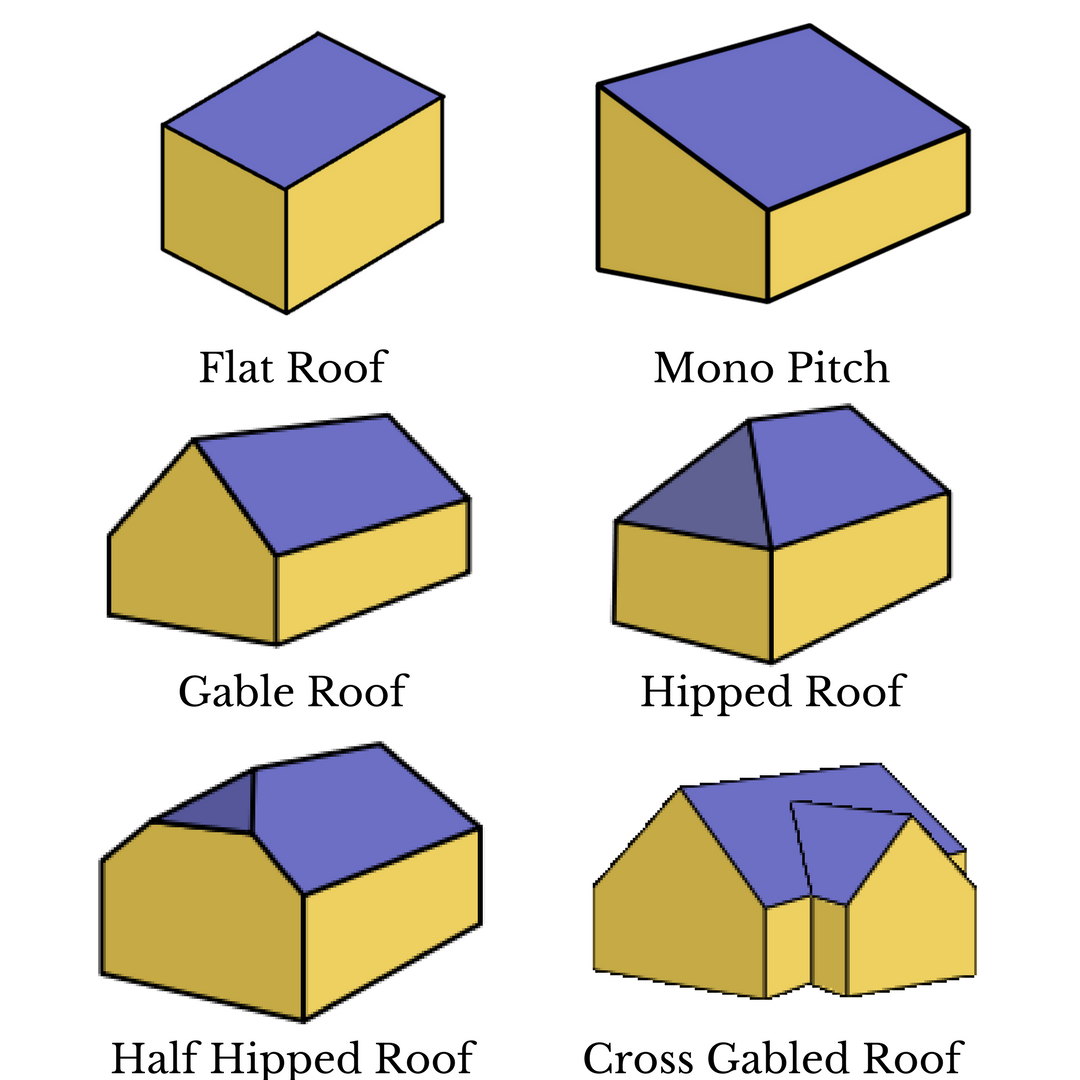
What are the commonly used materials for replacing a roof here in the UK?
Flat Roof Materials – UK Options
Here are the most common choices for flat roofs in the UK, each with its pros, cons, lifespan, and typical cost:
1. Torch-on Felt / Built-Up Roofing (BUR)
-
Description: Layers of bitumen-impregnated felt, sometimes with a gravel or mineral surface.
-
Lifespan: ~10–20 years
-
Best for: Budget projects—garages, sheds, small extensions
2. EPDM Rubber Membrane
-
Pros: Flexible, durable, easy to install in large single sheets, low maintenance, excellent waterproofing
-
Cons: Higher initial cost, appearance may be less appealing
-
Lifespan: ~25–50 years
-
Best for: Long-term reliability; good for both DIY and professional installation
3. GRP (Glass-Reinforced Plastic) / Fibreglass
-
Pros: Seamless, very durable, customizable colors, sleek finish
-
Cons: Higher cost, requires professional installation, may become brittle if poorly installed
-
Lifespan: ~20–40+ years
-
Best for: High-quality, aesthetically pleasing flat roofs
4. Single-Ply Membranes (PVC, TPO)
-
PVC:
-
Durable, UV-resistant, fire-rated, lightweight
-
Lifespan: ~25–35 year
-
-
TPO:
-
Reflective (energy-saving), eco-friendly, recyclable
-
Lifespan: ~20–30 year
-
-
Best for: Modern, energy-efficient applications
5. Green (Sedum) Roofs
-
Pros: Eco-friendly, excellent insulation, visually attractive; supports biodiversity
-
Cons: Higher upfront cost, heavier load, complex installation and maintenance
-
Lifespan: ~25–40 years
-
Best for: Sustainable, environmentally-conscious projects
Pitched Roof Materials – UK Options
When it comes to pitched roofs, you have a range of traditional and contemporary materials:
• Natural Slate
-
Pros: Elegant, durable (100+ years), weather-resistant
-
Cons: Heavy, expensive
• Artificial (Composite/Fibre-Cement) Slate
-
Cheaper (~£60/m²), lighter, easier to install, but shorter lifespan
-
Fibre-cement tiles: Budget-friendly; lifespan ~20–60 years
• Clay Tiles
-
Pros: Natural appearance, durable (often 100+ years), classic look
-
Cons: Heavy, costly
• Concrete Tiles
-
Pros: Affordable, low maintenance (~50-year lifespan), varied colours
-
Cons: Heavy, can fade
• Stone Tiles
-
Pros: Extremely durable (100+ years), heritage-approved, doesn’t fade
-
Cons: Very expensive
• Thatched (Reed) Roofs
-
Traditional, quaint aesthetic; lifespan ~40–45 years
-
Pros: Charming look
-
Cons: High maintenance, expensive
• Zinc or Metal Roofing
-
Pros: Durable (100+ years), lightweight, low maintenance, modern aesthetic
-
Cons: Higher cost
Thinking of replacing your roof or starting a new build? Speak with dobson roofing services to explore the best options for your home.
Need Roof Construction or Repairs?
Email or call us now: 01246 411 088
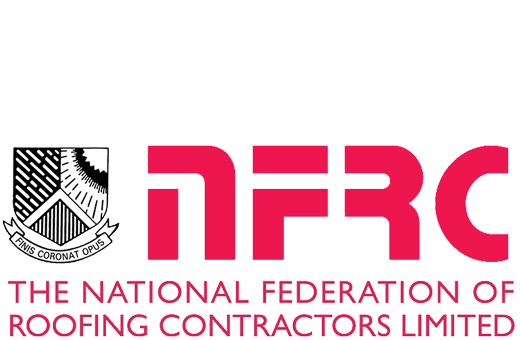


Pitched Roofs
Flat Roofs
Soffits & Fascias
Contact Us



